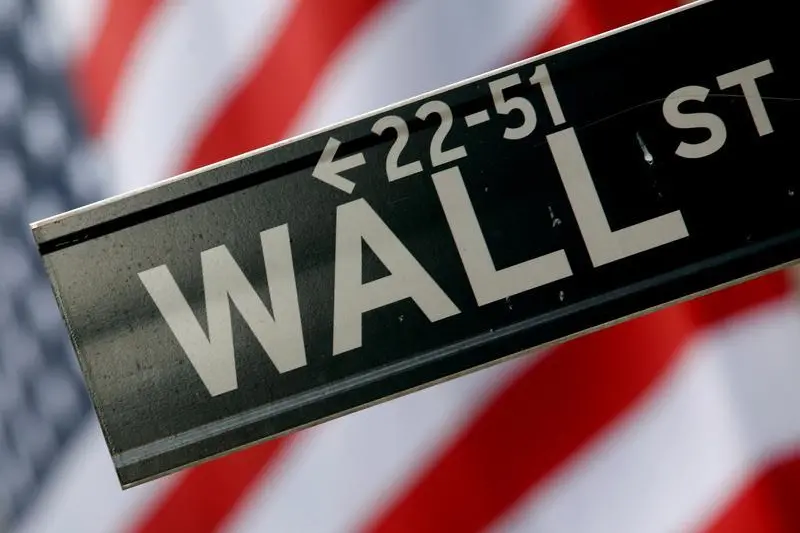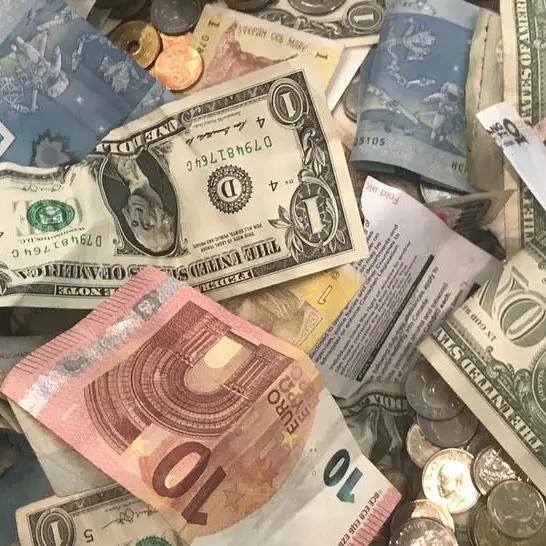PHOTO
NEW YORK - America’s banks find themselves in rare crisis territory. Increasing numbers of their corporate and individual clients are heading towards financial hardship thanks to the economic fallout of the rapidly spreading Covid-19 disease. But lenders look robust for now, and the biggest could potentially unleash $1.4 trillion of extra lending.
How so? Because the U.S. Federal Reserve has suggested it will give them permission to use the equity on their balance sheets to support more lending than they currently do. And they already have more equity than they need.
Between them, Bank of America, Citigroup, JPMorgan, PNC Financial Services, Truist Financial, U.S. Bancorp and Wells Fargo have $735 billion of Tier 1 common equity supporting some $6.5 trillion of risk-weighted assets. That ratio of 11.2% is far better than they had going into the 2008 financial meltdown. It’s also some 2 percentage points of capital more than, combined, they are required to hold under rules put in place in the past decade or so.
Letting the ratio fall to the mandated 9.25% minimum for the group – which includes a so-called buffer for banks deemed systemically important – would mean their combined balance sheets could grow to almost $8 trillion. They could theoretically add even more by dipping into the regulatory cushion, as the Fed on Sunday indicated might be acceptable.
There are big caveats. Bank bosses and the risk committees that approve big lending decisions at individual banks may not want to. The prospect of lending to people and businesses with cash flow problems would normally raise red flags.
That, though, should be outweighed by the opportunity to win the goodwill of customers, the public and lawmakers. Most have not forgotten how big banks needed bailing out with taxpayer aid, including $700 billion set aside to inject preferred equity, after the industry’s excessive risk-taking precipitated the financial crisis. At the very least, lenders should waive fees – and even interest – for struggling consumers. They already make such concessions to customers after natural disasters, and U.S. regulators have already encouraged them to do so for the coronavirus.
True, earnings might suffer, and bad debts may increase. But the chance to redeem themselves for their role in the 2008 meltdown and build customer trust should pay off longer term. If they end up needing a bailout, at least this time they’ll have earned it.
CONTEXT NEWS
- The U.S. Federal Reserve on March 15 said deposit-taking institutions could borrow from its emergency funding channel, known as the discount window, for up to 90 days, and that it would support banks which decide to tap the capital and liquidity buffers they have built up since 2008’s crisis.
- The move was one of several the central bank made to help banks lend and improve the availability of dollars in the global financial system. Other measures it took include: cutting interest rates to near-zero; buying at least $500 billion of U.S. government bonds and $200 billion of mortgage-backed securities; and cutting the cost of swap lines in concert with other central banks to make it cheaper for financial institutions in other countries to access dollars.
(Editing by John Foley and Amanda Gomez)
© Reuters News 2020











